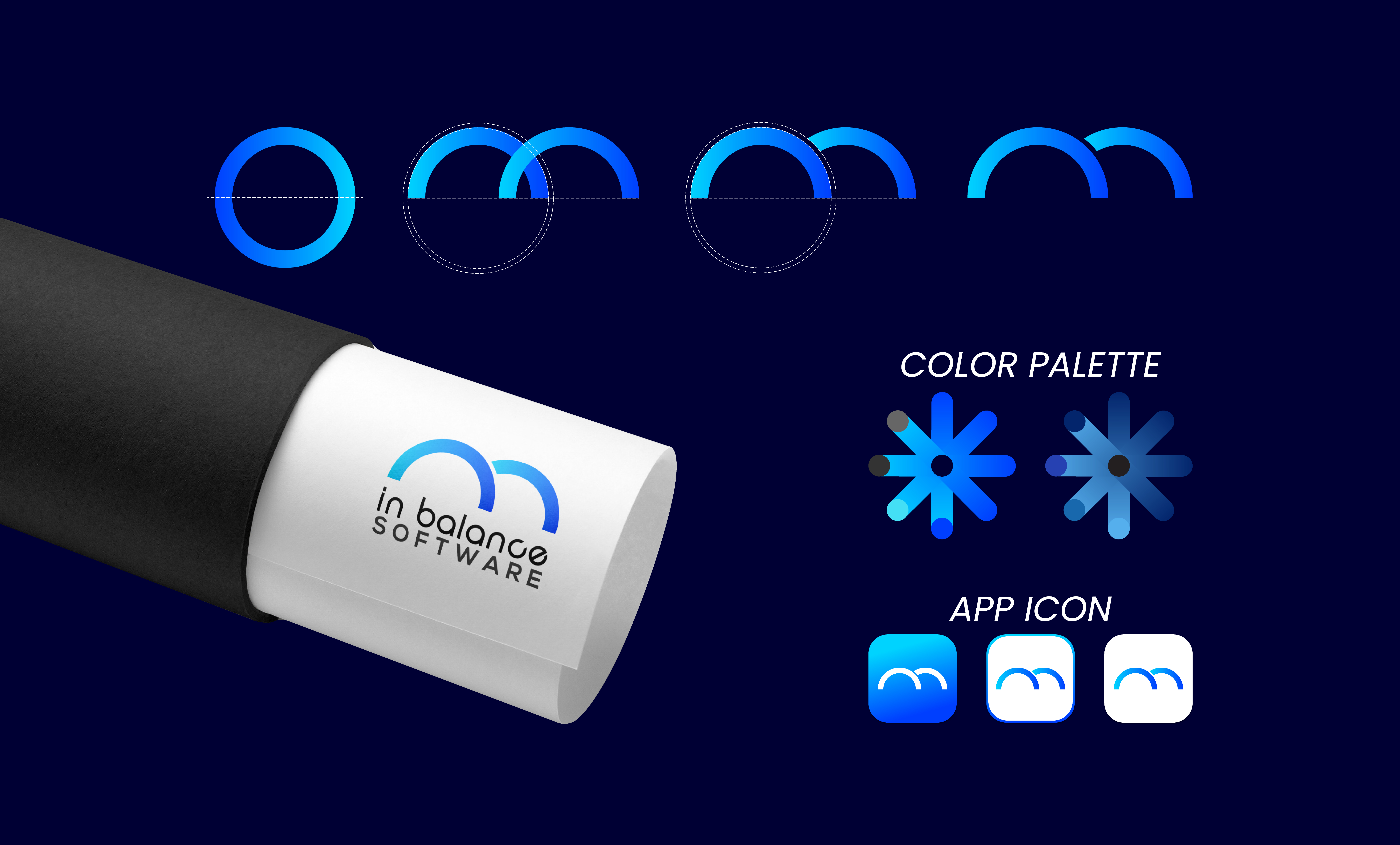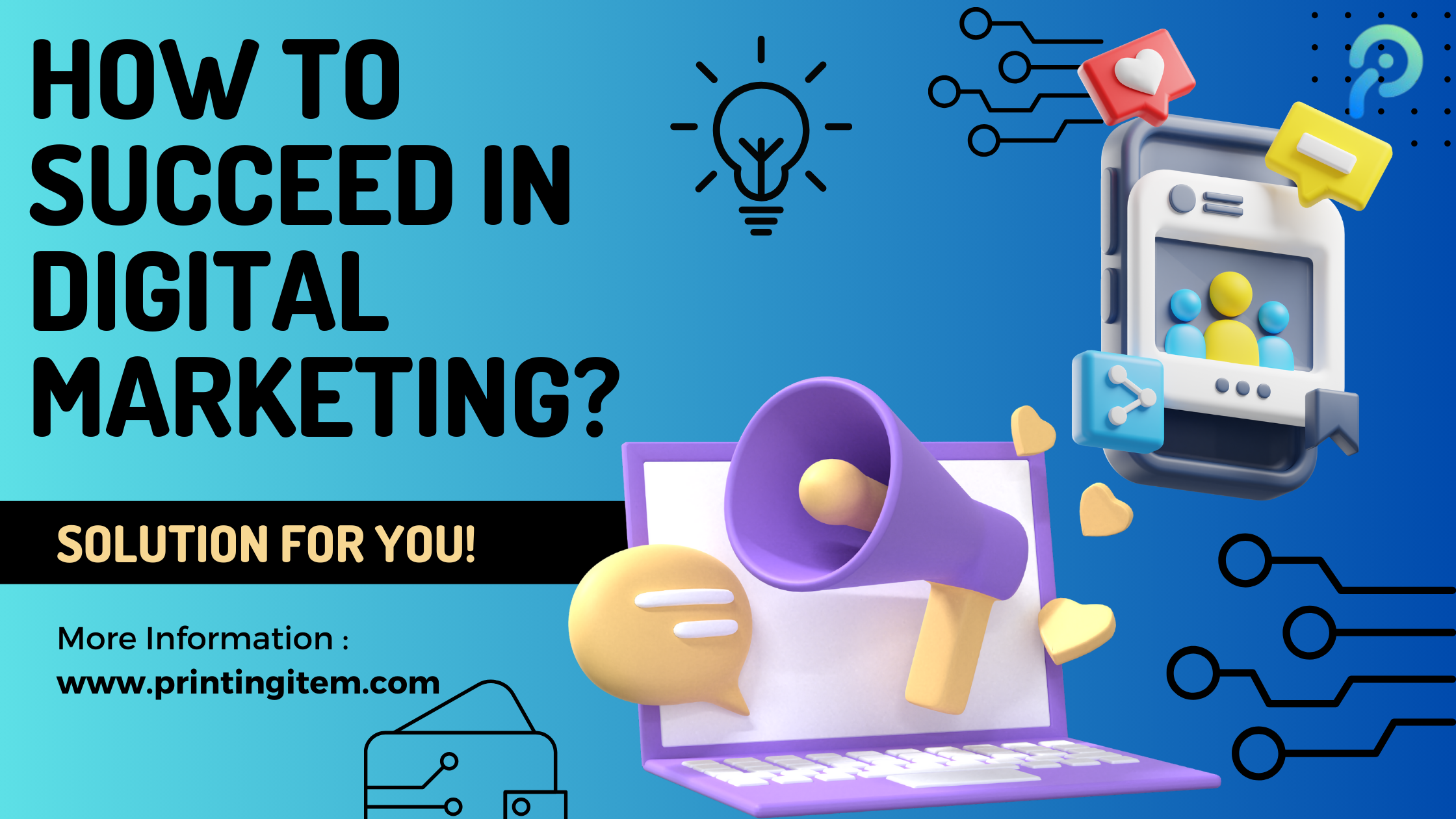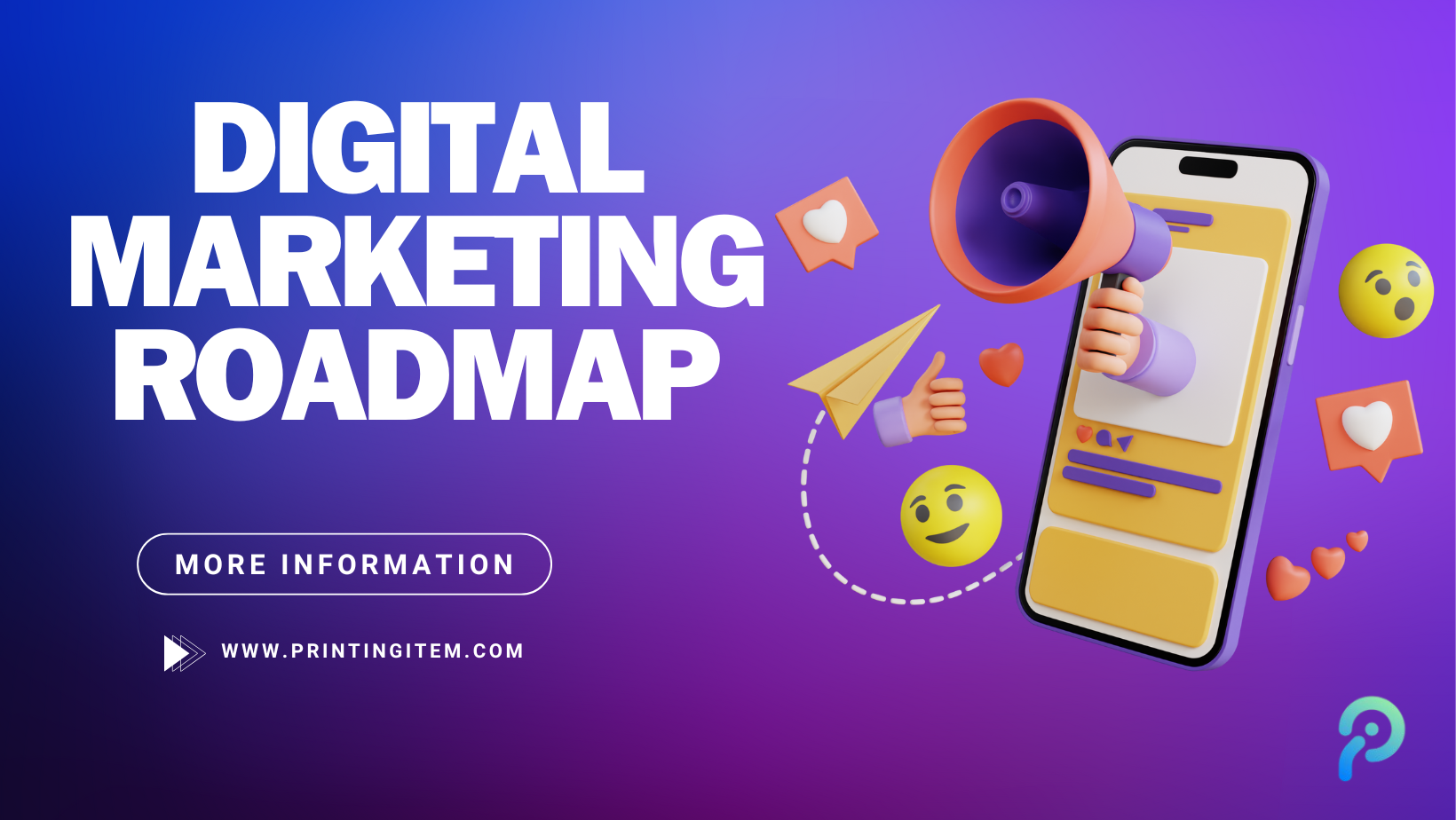
Here is a step-by-step guide for succeeding in your eCommerce business:
Step 1: Research and Plan
Market Research:
Find your niche and define your target audience.
Research competitors and recent market trends.
Business Plan:
Develop a detailed description of your business model, goals, and strategies.
Include financial projections and marketing plans.
Step 2: Choose Your Products
Product Selection:
Decide which products you would like to sell, taking into consideration market demand and your own interests. Research the various sourcing options-manufacturing, dropshipping, etc.
Supplier Relationships:
Locate reliable suppliers or manufacturers.
Establish good relations and terms.
Step 3: Setup of Your Online Store
Selecting an E-commerce Platform:
Identify a platform which would fit your needs-Shopify, WooCommerce, BigCommerce, among others.
Design of Your Store:
Reflect on, design, and make your website user-friendly.
Have it mobile responsive.
Product Listings:
Upload high-quality images and detailed, impactful descriptions.
Price them competitively.
Step 4: Marketing Implementation
SEO or Search Engine Optimization:
Optimize the website for better ranking on the search engines and, hence improve organic traffic.
Social Media Marketing:
Create an account on whatever seems relevant.
Post great stuff, and run targeted ads.
Electronic Mail Marketing:
Build an email list.
Send newsletters, promotions, and personalized offers.
Step 5: Launch Your Store
Test Everything:
Check all functionalities-checkout processes, payment gateways, etc.-are appropriately tested before going live.
Go Live:
Your store is now live; begin marketing and promoting it.
Step 6: Monitor Performance
Use Analytics Tools:
Track website traffic, conversion rate, and customer behavior.
Gather Customer Feedback:
Allow reviews and gather feedback to improve your offering.
Step 7: Optimize and Scale
A/B Testing:
Test different elements-ads, layout of website, etc.-to see what works best.
Optimize Marketing Efforts:
Analyze data for improvement of marketing campaigns.
Diversify Product Line:
Add, based on demand, new products or variants of the product line.
Step 8: Customer Retention
Great Customer Service:
Timely and valuable support to customers.
Loyalty Programs:
Offer rewards or referral programs that will encourage people for repeat purchases.
Step 9: Keep Yourself Up-to-Date
Industry Trends:
Keep an eye on market trends and emerging technologies.
Constant Learning:
Keep yourself updated about eCommerce best practices and marketing techniques.
Follow these steps and be flexible, and you will be well on your way to establishing a great foundation for your eCommerce business and setting yourself up for success over the long haul.






































